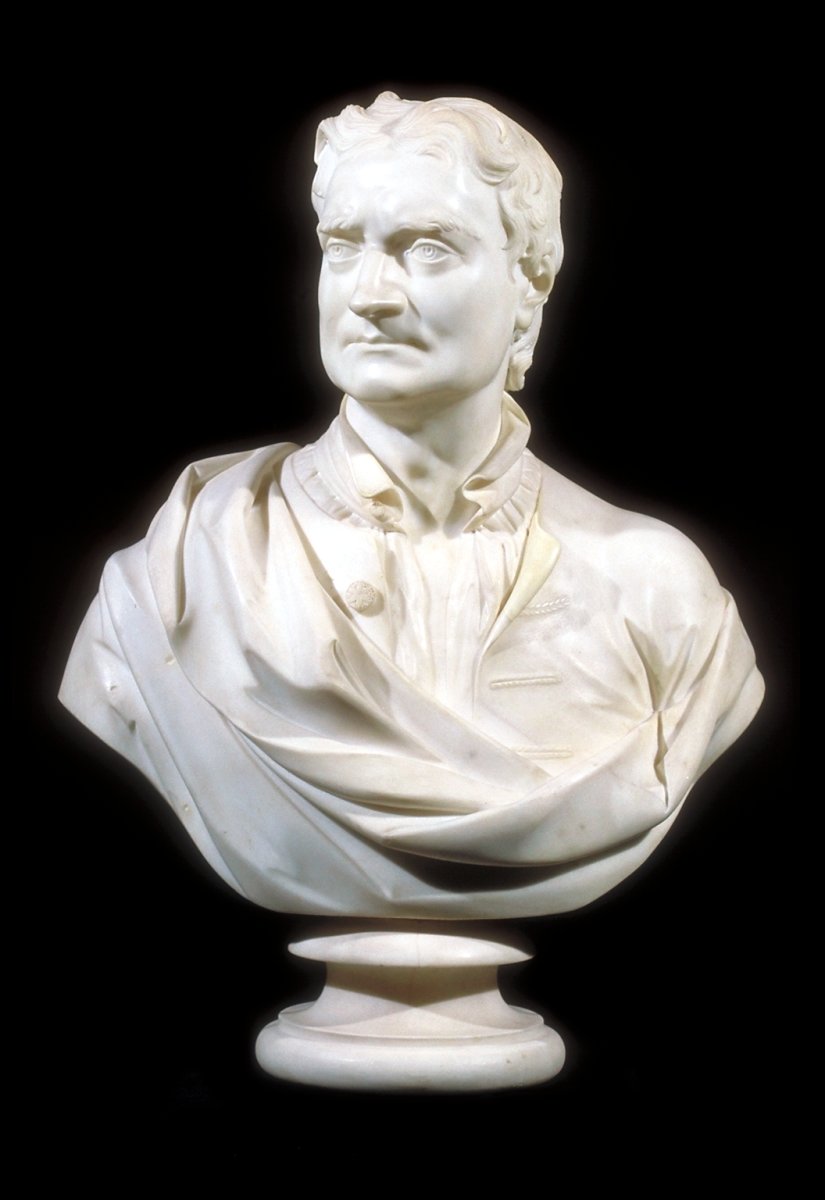Sir Isaac Newton (1642-1727) natural philosopher and mathematician

-
About the work
- Location
-
Country: UK
City: London
Place: Downing Street
On the death of British scientist and mathematician Sir Isaac Newton in 1727, his death mask was taken by sculptor (John) Michael Rysbrack. Soon afterwards John Conduitt, the husband of Newton's niece, commissioned Rysbrack to carve the monument to Newton for Westminster Abbey, to a design by architect William Kent. The monument was installed in April 1731. During the course of work on the monument, Rysbrack carved a marble bust of Newton for Conduitt, which has passed by descent to the Earl of Portsmouth. The present bust exactly follows the model of the bust carved for Conduitt and Rysbrack is known to have made several versions of the work.
-
About the artist
John Michael Rysbrack was born in Antwerp, the son of landscape painter Peeter Rijsbrack. He is thought to have trained under Michiel van der Voort from 1706 to 1712. He later became a member of the Guild of Painters in Antwerp. In 1720, he moved to England. Rysbrack enjoyed a successful career in London as a sculptor of portrait busts, statues and funerary monuments. However, by the 1740s he was losing commissions to rival sculptors Scheemakers and Roubiliac. In 1745, he became a Governor and Guardian of the Foundling Hospital and, in 1769, a founder member of the Royal Academy. However, he suffered increasingly from fluid retention in his later years and retired in 1764, devoting his time to drawing for pleasure. He died six years later.
-
Explore
- Places
- Subjects
- male portrait, mathematics, scientist, man
- Materials & Techniques
- marble, bust (as object name), marble bust
-
Details
- Title
- Sir Isaac Newton (1642-1727) natural philosopher and mathematician
- Date
- c.1760-1765
- Medium
- Marble bust
- Dimensions
- height: 72.50 cm, width: 56.00 cm
- Acquisition
- Purchased from the Bruton Gallery, March 1982
- GAC number
- 16051